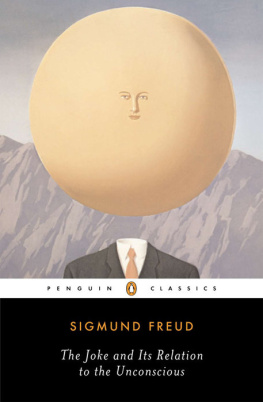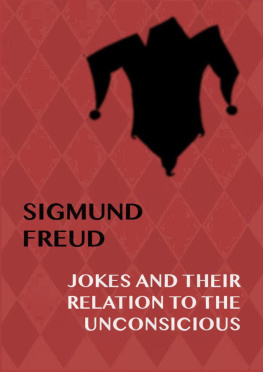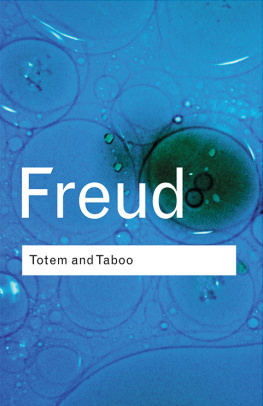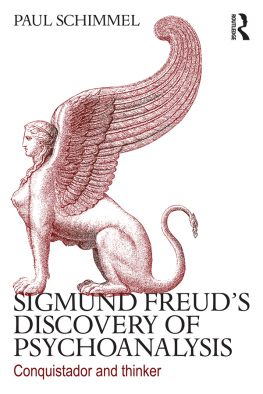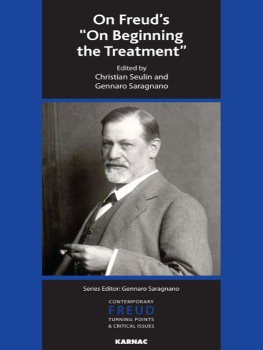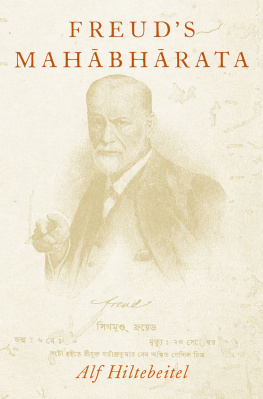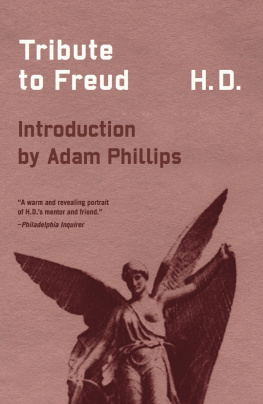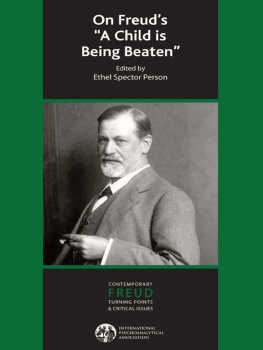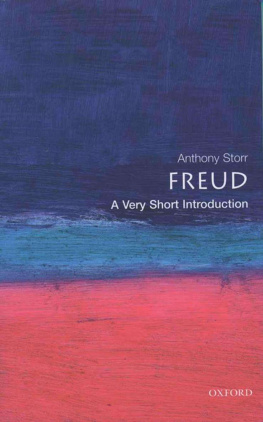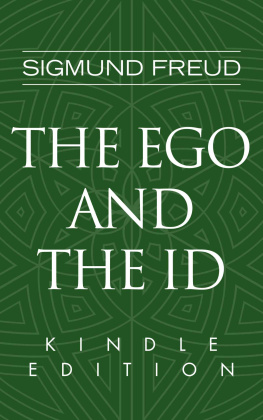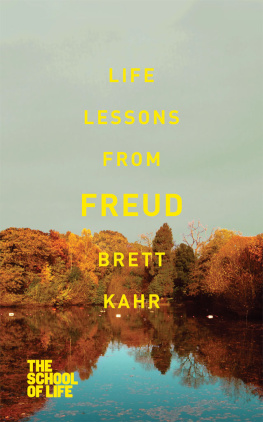The Collected Works of
SIGMUND FREUD
(1856-1939)

Contents

Delphi Classics 2017
Version 1

The Collected Works of
SIGMUND FREUD

By Delphi Classics, 2017
COPYRIGHT
Collected Works of Sigmund Freud
First published in the United Kingdom in 2017 by Delphi Classics.
Delphi Classics, 2017.
All rights reserved. No part of this publication may be reproduced, stored in a retrieval system, or transmitted, in any form or by any means, without the prior permission in writing of the publisher, nor be otherwise circulated in any form other than that in which it is published.
ISBN: 978 1 78656 082 7
Delphi Classics
is an imprint of
Delphi Publishing Ltd
Hastings, East Sussex
United Kingdom
Contact: sales@delphiclassics.com
www.delphiclassics.com
Other classic Non-Fiction eBooks available

These comprehensive editions are beautifully illustrated, featuring rare works and offering eReaders some of the greatest non-fiction works ever written.
Explore Non-Fiction at Delphi Classics
The Books

Freiberg in Mhren, a town in the Moravian-Silesian Region of the Czech Republic, but originally part of the Austro-Hungarian Empire Freuds birthplace

Freuds birthplace in Freiberg

Freud, aged 16, and his mother, Amalia, 1872

In 1882, Freud began his medical career at the Vienna General Hospital. His research work in cerebral anatomy led to the publication of a seminal paper on the palliative effects of cocaine in 1884 and his work on aphasia would form the basis of his first book On the Aphasias: a Critical Study, published in 1891.
STUDIES ON HYSTERIA

Translated by A. A. Brill
First published in 1893 and written in collaboration with Josef Breuer (1842-1925), a distinguished Austrian physician that made key discoveries in neurophysiology, Studies on Hysteria introduces the famous case study of Anna O., whose real name was Bertha Pappenheim (18591936), an Austrian-Jewish feminist and the founder of the Jdischer Frauenbund (League of Jewish Women). The book features a joint introductory paper, followed by five individual studies of hysterics, seminal for the development of psychoanalysis, and four more studies solely by Freud; finishing with a theoretical essay by Breuer and a more practice-oriented essay on therapy by Freud.
Freud regards symptomology in this book as stratified in an almost geological way, with the outermost strata being easily remembered and accepted, while the deeper one goes the more difficult it is to recognise the recollections that are surfacing. Breuers work with Bertha Pappenheim provided the founding impetus for psychoanalysis, as Freud himself would later acknowledge. In their preliminary paper, both physicians agree that the hysteric suffers mainly from reminiscences. Freud however would come to lay more stress on the causative role of sexuality in producing hysteria, as well as gradually repudiating Breuers use of hypnosis as a means of treatment. Some of the theoretical scaffolding of the Studies on Hysteria strangulated affect, hypnoid state would be abandoned with the crystallisation of psychoanalysis as an independent technique. However, many of Freuds clinical observations on mnenmic symbols or deferred action for example would continue to be confirmed in his later work. At the same time, Breuers theoretical essay, with its examination of the principle of constancy, and its differentiation of bound and mobile cathexis, would continue to inform Freuds thinking as late as the 1920s.
At the time of its first release, the book tended to polarise opinion, both within and outside by the medical community. Though many were critical, Havelock Ellis offered an appreciative account, while a leading Viennese paper would characterise the work as the kind of psychology used by poets. Studies on Hysteria also received a positive review from psychiatrist Eugen Bleuler, although Bleuler nevertheless suggested that the results Freud and Breuer reported could have been the result of suggestion.

The first edition

Bertha Pappenheim during her stay at Bellevue Sanatorium in 1882
CONTENTS
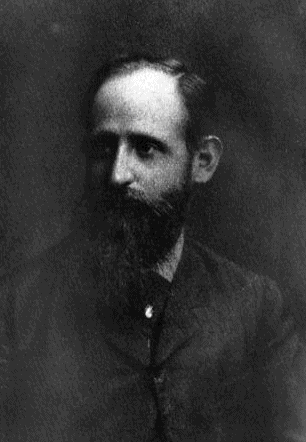
Josef Breuer, 1877
CHAPTER I. The Psychic Mechanism of Hysterical Phenomena
(PRELIMINARY COMMUNICATION.)
I.
by a number of accidental observations we have investigated for a number of years the different forms and symptoms of hysteria in order to discover the cause and the process which provoked the phenomena in question for the first time, in a great many cases years back. In the great majority of cases we did not succeed in elucidating this starting point from the mere history, no matter how detailed it might have been, partly because we had to deal with experiences about which discussion was disagreeable to the patients, but mainly because they really could not recall them; often they had no inkling of the causal connection between the occasioning process and the pathological phenomenon. It was generally necessary to hypnotize the patients and reawaken the memory of that time in which the symptom first appeared, and we thus succeeded in exposing that connection in a most precise and convincing manner.
This method of examination in a great number of cases has furnished us with results which seem to be of theoretical as well as of practical value.
It is of theoretical value because it has shown to us that in the determination of the pathology of hysteria the accidental moment plays a much greater part than is generally known and recognized. It is quite evident that in traumatic hysteria it is the accident which evokes the syndrome. Moreover in hysterical crises, if patients state that they hallucinate in each attack the same process which evoked the first attack, here too, the causal connection seems quite clear. The state of affairs is more obscure in the other phenomena.
Next page


